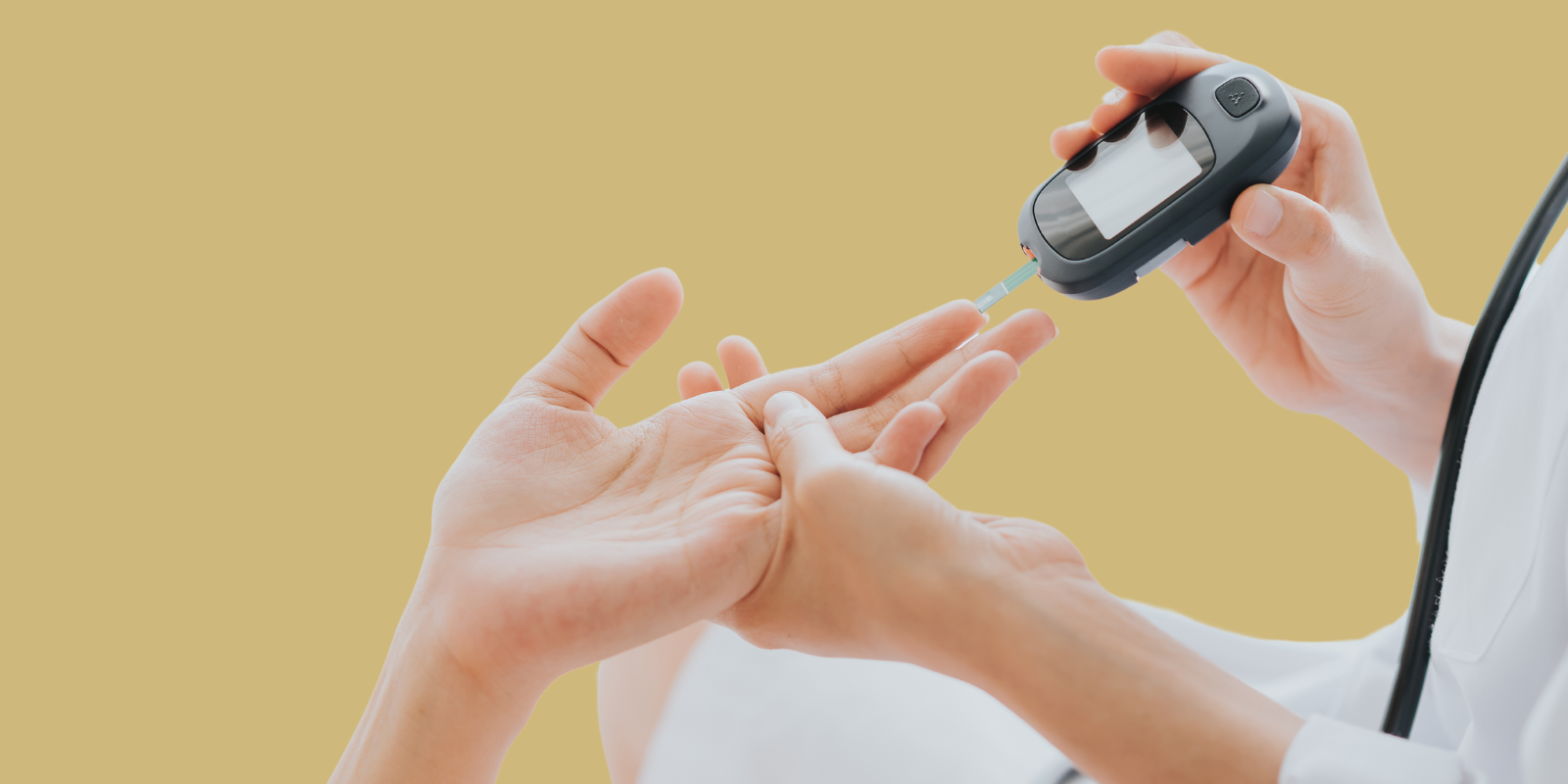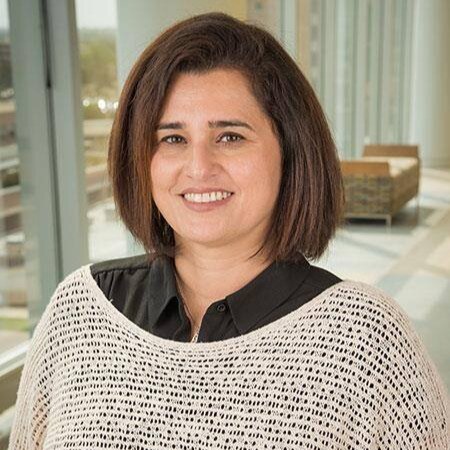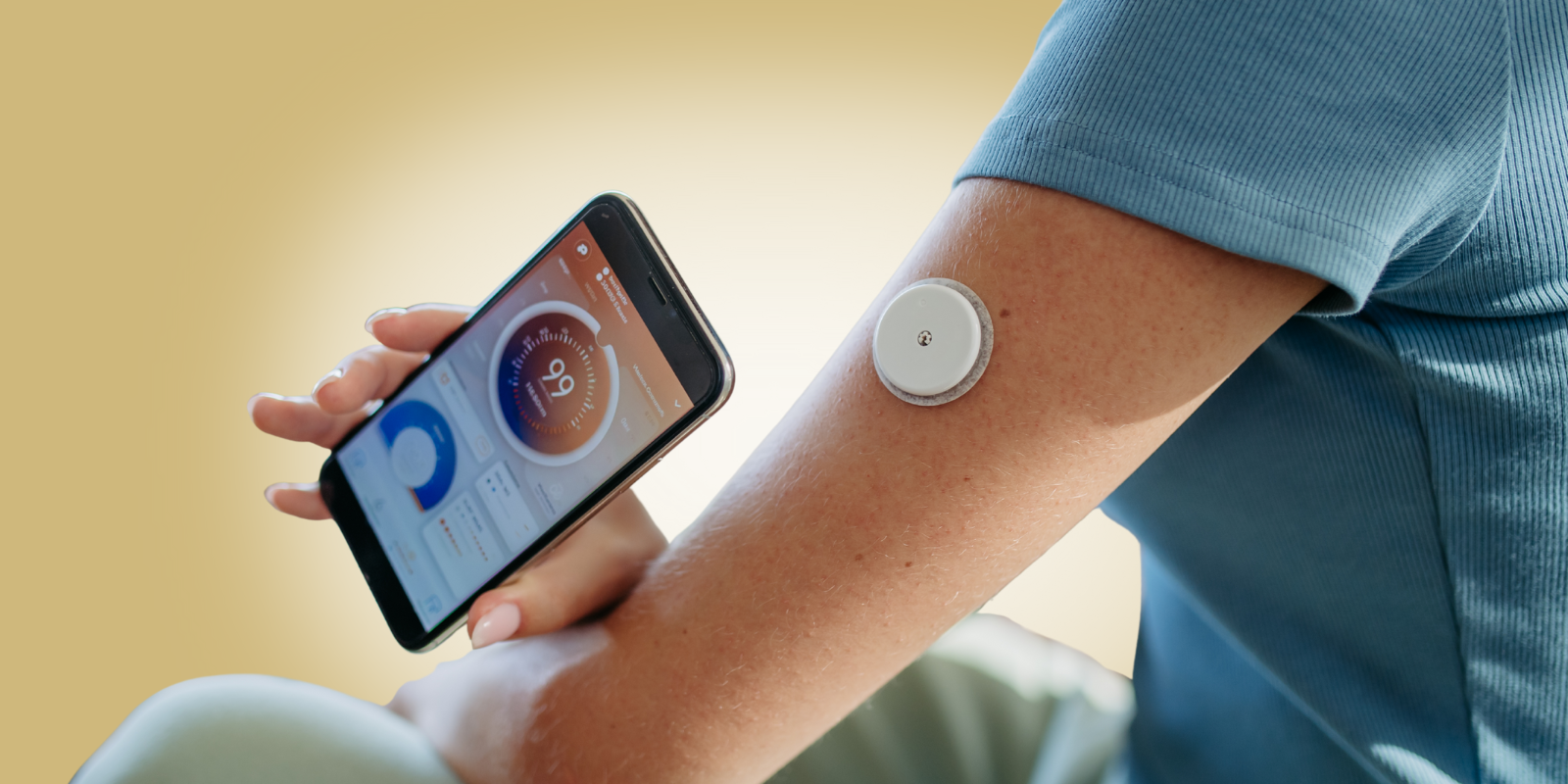What is LADA, and in what ways does it differ from type 1 and type 2?
LADA is a type of diabetes that has features of type 1 and type 2 diabetes. It's usually diagnosed in people aged 30 to 50 years old, and it is estimated that about 10% of people with diabetes have LADA.
Like type 1 diabetes, LADA happens when the pancreas stops making insulin. That's usually because the body makes antibodies that result in the destruction of cells responsible for insulin production. The onset is not acute like type 1 diabetes, and it slowly gets worse over time.
It is common to misdiagnose people with type 2 diabetes when they actually have LADA. If in doubt about the type of diabetes a person has, it is important to check for autoantibodies, which are markers of type 1 diabetes. Those who present symptoms similar to type 2 diabetes but have positive antibodies actually have LADA.
Like type 2 diabetes, people with LADA can be treated with non-insulin, glucose-lowering medications for years before requiring insulin for management of diabetes.
What are symptoms of LADA, and what should a person do if they think they might have LADA?
People with LADA are typically diagnosed based on lab results of high blood glucose levels, and the majority are asymptomatic at the time of diagnosis. They only find out about their diagnosis by doing routine blood tests.
People with high blood glucose levels typically experience fatigue, feeling thirsty, drinking a lot of water, and urinating more than usual. Sometimes they experience blurry vision and weight loss in severe forms. If you have any symptoms suggestive of high blood glucose levels, you need to contact your doctor for further testing.
The majority of people with a mild elevation in their blood glucose levels do not have any symptoms. It is important to keep your annual exam to check blood glucose levels.
LADA is more commonly mistaken for type 2 diabetes, which is typically associated with a family history of type 2 diabetes, obesity, and a sedentary lifestyle. If you are lean and physically active, you should ask your doctor to do more investigation on the type of diabetes you have by checking for autoimmunity or evaluating the body’s ability to make insulin. In my practice, I will test for autoantibodies if a patient has been diagnosed with type 2 diabetes but is physically lean and active or has lost weight without effort.
Is there a genetic risk component to LADA?
People with a family history of autoimmune disease are at a higher risk for LADA. It is recommended to check for autoantibodies in people with a family history of type 1 diabetes. For people who have a positive type 1 diabetes autoantibody, frequent blood glucose monitoring is recommended to catch the diagnosis of diabetes as early as possible.
How do you treat LADA?
At first, LADA may be managed with lifestyle changes such as exercising regularly and eating a healthier diet. Oral medications to lower blood sugar are also needed for treatment. But as the body slowly loses its ability to make insulin, most people with LADA eventually need insulin shots.
What further research is needed about LADA?
We are still looking into the best way to treat LADA. For one, we are exploring how early we should start insulin in this population. Should we wait until the body loses the ability to make insulin completely, or should we start early to prevent or slow down the course of losing the ability to make insulin?
We also aim to research new treatments that could modify autoimmunity to prevent or delay the onset of high blood glucose levels or diabetes.
Many people know about type 1 and type 2 diabetes, but this may be the first time they’re hearing about LADA. What do you want people to know about the different types of diabetes?
In addition to LADA, there are several forms of atypical diabetes. If your diabetes does not fit the typical type 1 or type 2 diabetes features, you might qualify for a study sponsored by the National Institutes of Health called the “Rare and Atypical DIAbetes NeTwork” (RADIANT). This study is dedicated to characterizing — both discovering and defining — rare and atypical forms of diabetes. The University of Colorado is one of the sites for the RADIANT study, led by me. To learn more, visit: atypicaldiabetesnetwork.org.





